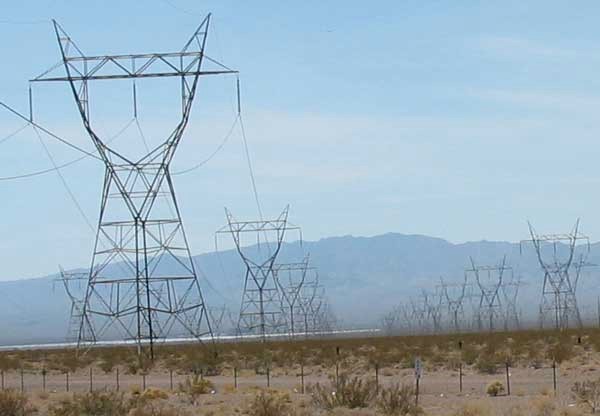Obama Chief of Staff Rahm Emanual famously advised, “You never want a serious crisis to go to waste,” he explained, “What I mean by that [is] it’s an opportunity to do things that you think you could not do before.” He was talking about the financial crisis of 2008, which Congress was so desperate to address that it readily agreed to trillions in new spending. Economists and historians still debate whether stimulus checks and bank bailouts were wise, but the financial crisis was real.
Some politicians, though, may have learned “Rahm’s Rule” too well. If no crisis justifies the extreme measures they propose, they’re willing to create one.
By executive order, President Biden set a goal to eliminate U.S. greenhouse gas emissions. In rejoining the Paris Accord, an international agreement never ratified by the Senate, he committed to transitioning America’s electric power generation to 100% renewable sources by 2035, which would require doubling and perhaps tripling the capacity of U.S. electric transmission systems. Such a fundamental transformation of the U.S. economy would cause further congestion on America’s power grids and impose substantially higher costs on consumers.
Earlier we discussed Bureau of Land Management (BLM) plans to open 32 million acres (50,000 square miles) across 11 western states for construction of massive solar and wind generation projects. BLM is responding to the challenge facing such projects anywhere else, the giant footprint required for “utility-scale” renewables. Colorado experts once estimated that the solar panels required to power the City of Denver would cover at least two counties, and others estimated that powering New York City would require covering an area as large as Arizona. Nobody has that much empty open space – except the BLM.
That’s why the Administration now proposes leasing vast stretches of public lands for solar and wind projects. The Administration simply assumes that authority, hoping for support because there is a climate change crisis, for which we have insufficient renewable capacity to meet our “international obligations.”
That much new electricity would cause serious congestion, because there aren’t enough transmission lines to get the power from vast western BLM lands to the power grids. To address the congestion crisis this transition of America’s economy would cause, the government is establishing National Interest Electric Transmission Corridors (NIETCs). These corridors would cross wide swaths of private land, using the federal power of eminent domain to take whatever land is necessary.

The 10 routes proposed by the U.S. Department of Energy (DOE) include a section in Colorado, New Mexico, and Texas described as “approximately 10-100 miles wide, 540 miles long,” or 5,400 to 54,000 square miles. The DOE maps are intentionally and insultingly vague, so no one knows exactly where the sacrifice zones are. The government website contains astonishingly sparce details about such a far-reaching plan but promises a “public engagement phase” during which the geographic boundaries of NIETCs will be refined.
Collectively, the NIETCs would impact at least 20 states. There is no precedent for such a widespread use of eminent domain by a federal agency, which federal courts have plainly said is traditionally the province of state and local governments. However, this plan would address a growing crisis of congestion on America’s power grid, right?
In fact, the federal government, not a growing market, has created the perceived need for massive additions to the power infrastructure. DOE claims NIETCs are need to “Meet future generation and demand growth.” However, the agency’s specific justifications say, “Analysis finds a [175 to 914 percent] increase is needed by 2035 under moderate load and high clean energy growth scenarios, in line with current market and policy conditions.” [Empasis added]
In other words, the claimed increases in capacity are needed only assuming the massive addition of wind and solar sources the Administration seeks to impose. In truth, electricity end use in the United States has remained relatively flat for 20 years (more or less 4,000 terawatt hours annually since 2005), and we are more energy efficient than ever. While the U.S. economy is 25 times larger than in 1965, it now requires only a third as much energy per dollar of GDP.
In short, international conventions and national political agendas are being used to justify what could become one of the largest takings of private land for public purposes in modern times. Federal schemes to run roughshod over states and private landowners to satisfy this artificially created demand may seem far-fetched, but there is a crisis now, and the feds do not plan on wasting it.




Comments on this entry are closed.